L’stonebreaker grass (Ceterach officinarium) is a fern of the family of Aspleniaceae. In many texts it is also called Asplenium ceterachwhile it is commonly known as rust grass, cedracca And spleenwort. The name stonebreaker instead it derives from folk medicine and refers to the plant’s ability to break down kidney stones.
This marked property, confirmed by modern research and which we will deepen in the article, makes this medicinal herb interesting to know, to enrich home herbal medicine.
Where does stonecutter grass grow?
The rust grass is one of the few ferns that can live even in environments that are not excessively humid. It is present throughout Italy, from the Mediterranean to the submontane region. It grows among the rocks and in the sunny dry stone walls, therefore, literally, it breaks the stones to find its living space.
Regional names of the common cedar
As evidence of the excellent local spread of the rust grass, here are some regional names by which the plant is known: grass of the walls and Indoa grass in Liguria, cetrach in Piedmont, cedracc in Lombardy, double maidenhair and golden grass in Tuscany, stonebreaker in Campania, filicicchi In Calabria, citracca in Sicily, doradilla And dorafilla in Sardinia.
Description of the stonebreaker grass
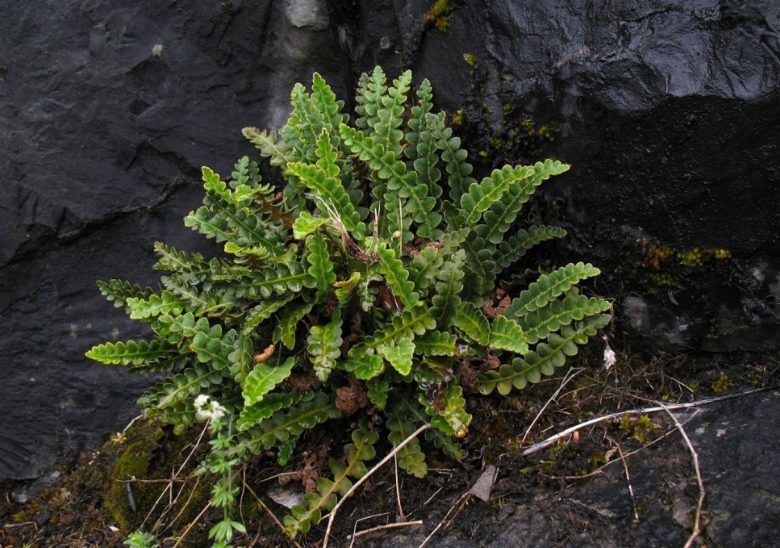
There Ceterach officinarium it is a small fern with the biological form of hemicryptophyte rosulata, that is a perennial plant thanks to the buds placed at ground level and with the leaves (in this case fronds) arranged in a basal rosette. Stonebreaker grass usually does not exceed 10-15cm in height. It has a short rhizome from which numerous fronds are born.
Fronds
The fronds (this is the name of the fern leaves) are lanceolate and pinnate-matched, with the sinuous margin forming alternate lobes. The latter are usually whole, but sometimes they can be variously toothed. The petiole and the underside of the frond are covered with numerous rust-brown scales, hence the name of rust grass.
Sori
The ferns do not produce flowers, but in the lower surface of the leaves there are, along the veins, some formations, called sori, in which the spores that ensure the natural reproduction of the plant mature. We have explored this botanical aspect by talking about two other species of ferns there maidenhair and the deer tongue.
Collection
The useful parts of the stonecutter grass are the fronds and the rhizome. The fronds are collected together with the petiole from May to August, when they are well developed, taking care to detach only a few fronds for each plant. The rhizome, on the other hand, is harvested in early autumn, and must be cleaned of the earth and the thinnest roots.
storage
Once harvested, the fronds dry in thin layers and in the shade. The rhizome can be dried in the sun or in a heated environment instead. Both parts are kept in glass or porcelain containers.
Properties of stonecutter grass
The main constituents of stone-breaking grass are: flavonoids, tannins, mucilages, chlorogenic acid, caffeic acid, amino acids, mineral salts. From these active ingredients derive properties: astringent, diuretic, emollient, toxic repellent.
Stonecutter grass and kidney stones
The stonebreaker grass, especially the fronds, are used as a diuretic and anti-inflammatory of the urogenital system. They are very useful in subjects predisposed to kidney stones and, in particular, to those who have abundant oxalates in the urine. According to one in vitro study it has been ascertained that cedarac is able to reduce the crystallization of calcium oxalates monohydrate by decreasing their size and modeling their shape.
Crystals of calcium monohydrate (kidney stones) adhere less to kidney tubular cells and are more easily excreted in the urine. This is why stonebreaker weed and its extracts are easily found for sale in herbalist’s and specialty stores, in form of supplements, tablets, drops of mother tincture and herbal tea.
Obviously, since kidney stones are a serious and disabling problem, the therapeutic treatment with the Ceterach officinarium must be followed up by the attending physician.
Other uses in folk medicine
As mentioned, the rhizome and fronds are used for herbal purposes. Folk medicine attributes to the plant cough sedative and emollient properties of the upper airways. For external use, the herb is used as an anti-inflammatory, astringent, decongestant of the mucous membranes of the mouth, throat and reddened epidermis.
Home use of stonecutter grass
At home you can use the rhizome for make a decoctionexcellent cough relief, with 3 g of dry substance in 100 ml of water, to be taken in 2-3 cups a day.
To stimulate diuresis, prevent and treat stones, quell cough, fronds are used, preparing an infusion with 2 g of dry substance in 100 ml of water, to be taken in 2-3 cups a day.
For external use, the fronds are useful, making a decoction with 6 g in 100 ml of water. The decoction, in this case, is used to rinse, gargle and wash; or to make soaked compresses to be applied on the affected parts.

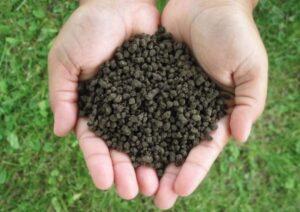
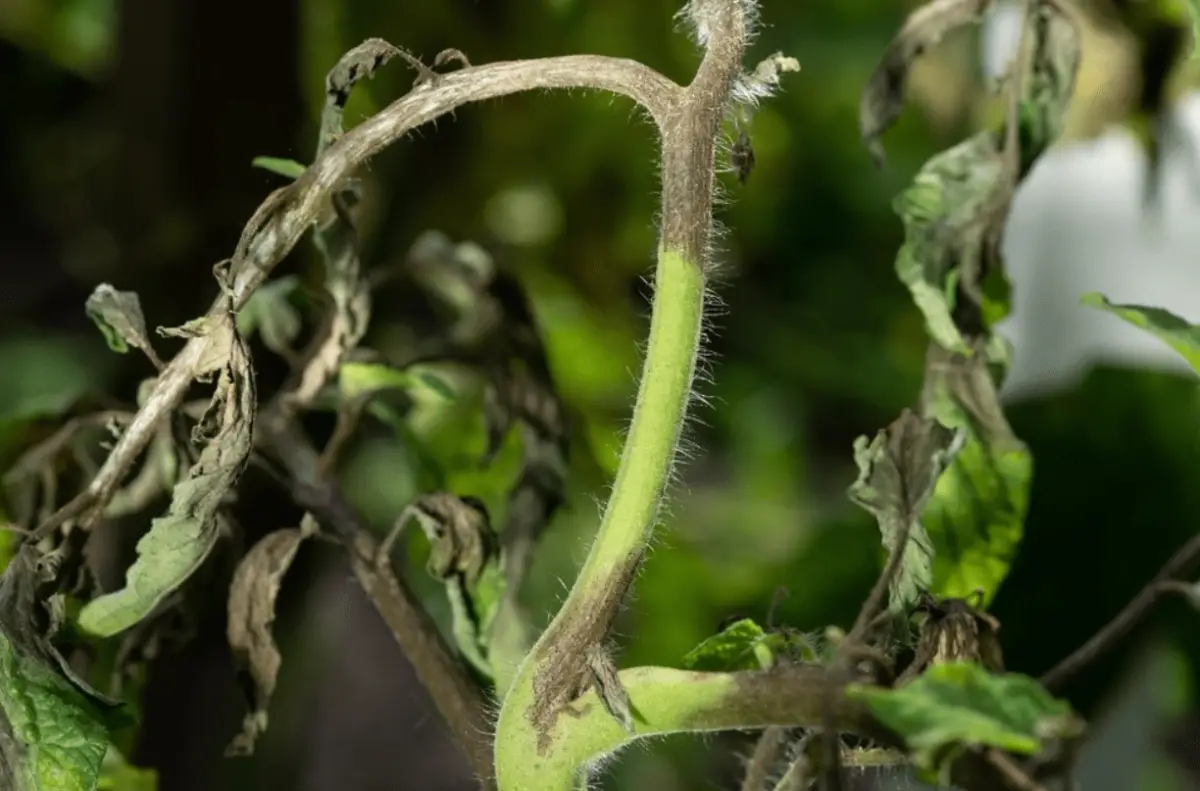
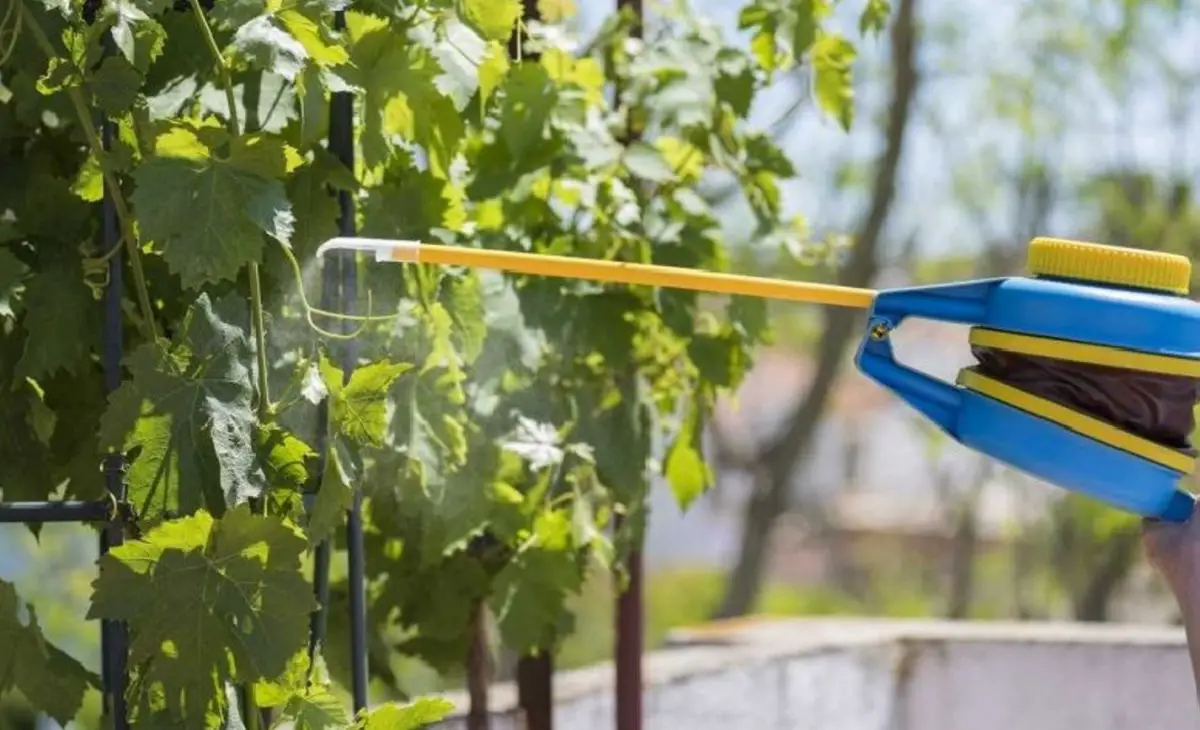
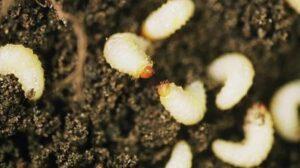
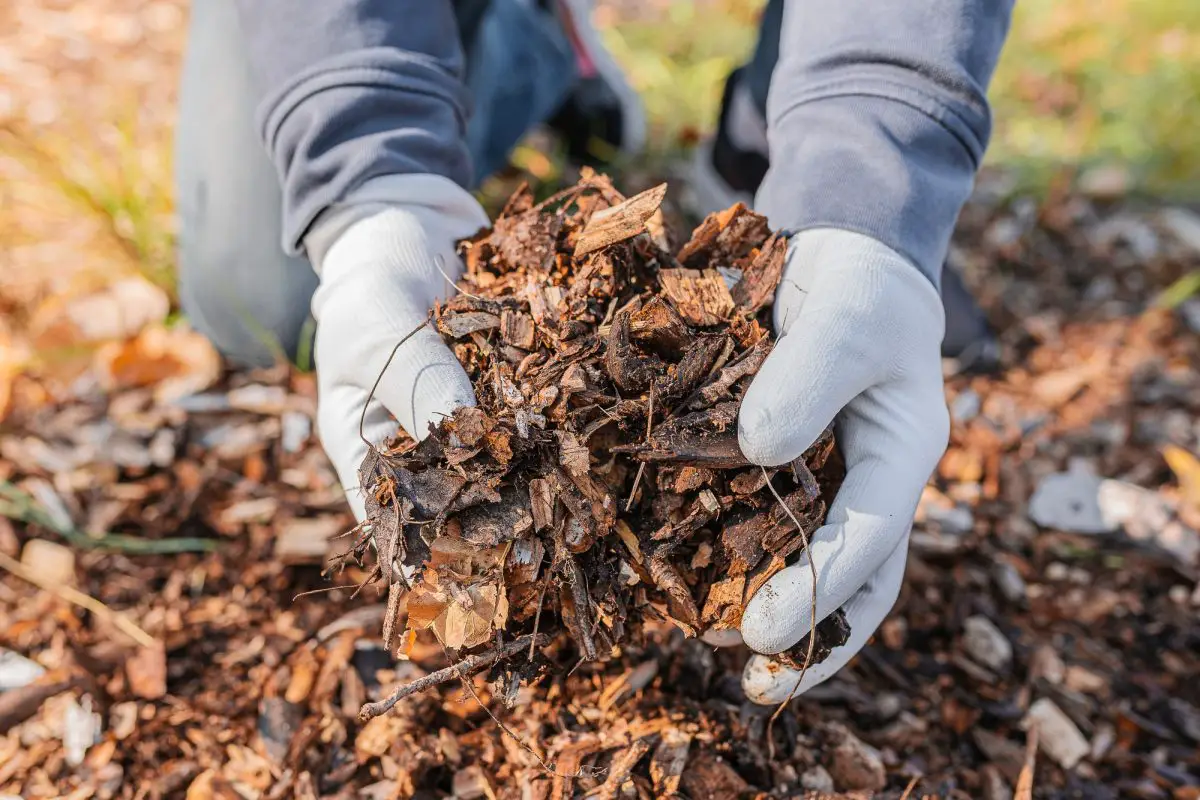
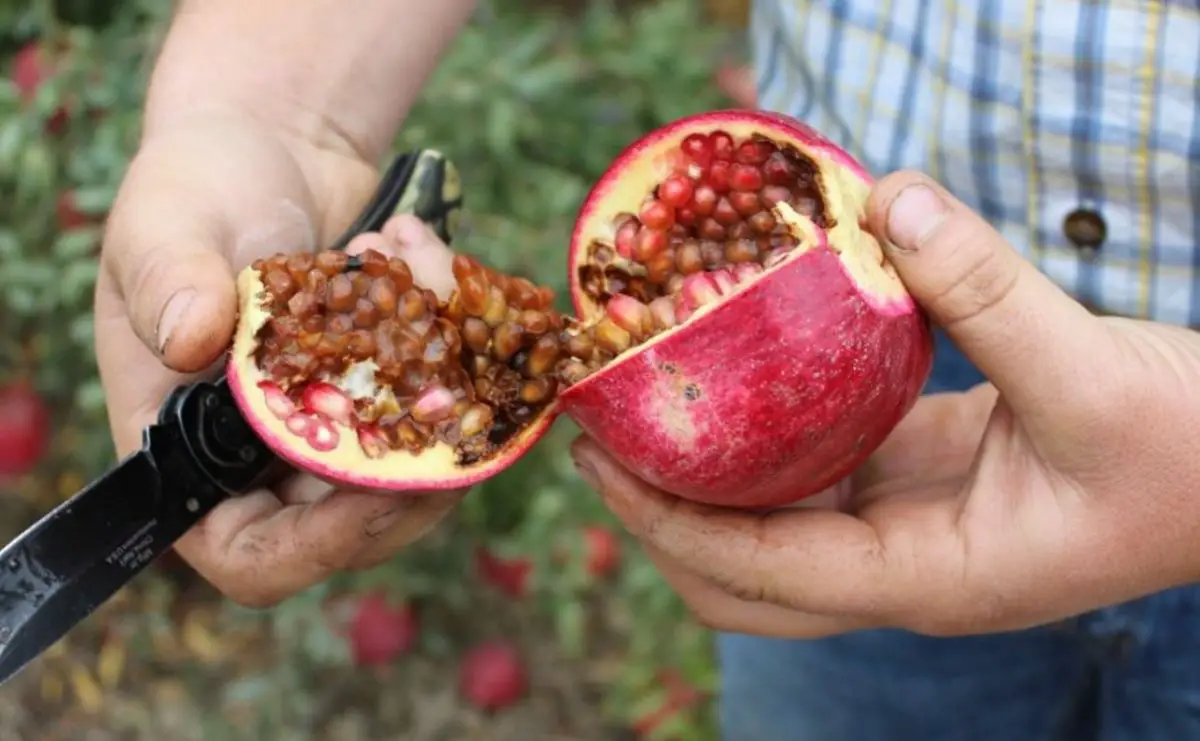
Start a new Thread